The only Johannesburg itinerary you need to read
Johannesburg, fondly known by its residents as Joburg and Jozi, is a hip city that is undergoing a phenomenal urban renaissance. Wrongfully overlooked by many on their way to Cape Town or to the many safaris like in the Kruger National Park, Johannesburg is a destination on its own!
The City of Gold as many nicknamed the city is the country’s largest metropolis with close to 8 million inhabitants. Created with the sole purpose of gold mining, the city has not only become the world’s largest urban man-made forest but also the biggest and most dynamic African city. It hosts many immigrants and many settlers from other parts of the world, the city is the reflection of this rainbow nation hosting African, European settlers and Asian workers. This, among other factors, is what makes Jozi a quirky mishmash of cultures.
Later in the article, you will find a 3-day Johannesburg itinerary to rock your stay in the city!
Museums
Apartheid Museum
One cannot visit Jo’burg without understanding its recent dark past, the apartheid. Rather than hiding its ugly history, the country found resilience by shining a light on it with the hope of preventing the past from repeating itself.
The museum goes into great depth to explain the reasons why Apartheid came into existence, the hardships that this regime imposed on the people of colour and how it was overturned. It is important to keep in mind that the end of the Apartheid was in 1993, only 25 years ago. This history is so recent that many people whose testimonies are in the museum are still alive.
At the entrance of the museum, visitors are given tickets written “white” and “non-white” and they are asked to enter through the gates that discriminate against you based on your skin colour. By creating this divide at the entrance, you immediately acknowledge the privileges that the white minority imposed on the black majority. The museum has films, audio and news clips relating to institutionalized racial segregation from 1948 until the early 1990s. The museum makes poignant parallels with what was happening in other parts of the world during this period. For example, in 1945, Europe ended WWII and liberated the concentration camps, 3 years later South Africa was crafting extremely similar laws to the ones of Nuremberg under Hitler. While the US was shaken by the civil rights movement in the ’50s and ’60s, South Africa was reinforcing the regime with an iron fist.
Constitution Hill
Perhaps the most well-known prison in the country, Constitution Hill imprisoned Mahatma Gandhi and Nelson Mandela. This hilltop has been transformed into the highest court in the land at the end of the Apartheid and into a museum in some parts.
Vilakazi Street
This is the street where Nelson Mandela and Archbishop Desmond Tutu lived, the two country’s Nobel Peace Prize winners. Here you can visit Nelson Mandela’s house and dig further into the daily life of this iconic man.
Hector Pieterson Memorial
A short walk from Vilakazi Street, the Hector Pieterson Memorial is dedicated to the Soweto Uprising of the ’70s and to the students who were assassinated during the protests. The Soweto uprising was a mass protest led by students demanding not to make Afrikaans the educational language. Hector Pieterson was the youngest student who was shot dead and whose photography became the iconic image of the protests. The memorial shines lights on the life hardships during this period.
Countless museums
The city has countless other museums that are dedicated to art and history. During our stay, we also visited MuseuMAfricA and Johannesburg Art Gallery but I was a little disappointed about these two museums as they felt empty in these big buildings. On the good side, is that most of the museums in the city are free!
A city of neighbourhoods
Johannesburg is a city of neighbourhoods with dozens of distinct boroughs and districts each with its own history and vibe. You will often read or hear about the divide between the inner city and suburbs. The decay of the inner city due to historical reasons made the rich inhabitants and businesses flee to the suburbs creating a depressed city center. However, some of the inner city hoods have been rejuvenated in the past few years and are definitely worth a visit, in fact, they are a must-do! Here are some hoods that are worth a visit.
Braamfontein
A hip neighbourhood that has been rejuvenated in the last decade. ‘Braam’ as locals call it, is known for its hipster shops, collaborative spaces and delicious restaurants. It is also home to the Neighbourgoods Market, a Saturday market that has craft beers, and food stands and displays local artists and fashion designers. Unfortunately, we were not able to visit the market as we were not in the city during the weekend.
Soweto
Soweto, the abbreviation of South Western Township, is the biggest Township in the city and the most packed with history. Home of the Soweto Uprising, the history of this township is very interesting but not very rosy. With over a million inhabitants, this part of town is often neglected by visitors but it's worth a visit on a tour (I would not recommend going to some parts of the township on your own due to security reasons and you will skip all the interesting historical information). The biggest landmarks of this area are the Orlando Towers. The towers are an old coal-fired power station and have enormous murals that change from time to time. At the foot of the towers, grab a bite at Chaf-Pozi as it is said to serve one of the best braais in the city. Combine it with some Soweto Gold, a craft beer, and a local brew from the Township. Unfortunately, we were not able to eat there as it was closed when we visited the towers.
The Hector Pieterson Memorial and Vilakazi Street (described earlier) are located in Soweto. Near the memorial, do stop by the corner coffee shop on the main street, they serve great coffee and pastries.
Maboneng precinct
Maboneng is arguably the coolest and the most vibrant district of them all. So, what is all the buzz about? The neighbourhood once forgotten, dilapidated and full of highjacked buildings, is now a cultural centre filled with art studios, trendy bars, and restaurants and has a multitude of murals and graffiti, a real candy for the eye.
Maboneng means "place of light" in Sesotho. The precinct was redeveloped by the businessman Jonathan Leibmann. You could spend a week here and still discover new things. The gentrification of this area has tried to include the newcomers to the old locals. Here you will have street markets, hip restaurants and artisans that will give back to the community. You can also buy their art to support them.
Take a walking tour in Maboneng!
To better understand this part of town, we booked a tour with Main Street Walks called “Innercity Urban Hiking Tour”. The guide explained the history of this new safe urban oasis but also the history of Johannesburg in general. Packed with facts and personal stories, the guide made us better understand and like this precinct. In Maboneng, we stopped at iiiLoveLocal, a local community that aims to take children out of the streets through photography (see the cool Polaroid picture of me above).
The tour also takes you to the Kwa Mai-Mai Traditional Healers Market. With close to 200 stalls selling traditional medicines and craft works (unfortunately pictures were not allowed). After, the tour brings you to Gandhi Square and to the Chancellor’s House where Mandela and Tambo had their first Attorney firm. One of the stops of the tour is the Carlton Centre, colloquially known as the “Top of Africa”. On the 50th floor, you can admire this gigantic city from above. Sadly, the observatory is in a decaying condition, I hope that with more tourism this landmark will get rejuvenated.
I highly recommend taking this tour since it will bring you to places that you would not usually go to!
The suburbs
The suburbs are part of the greater Johannesburg and also have their charm. Arguably much richer than the inner city, the burbs are a display of wealth in contrast to the other parts of town. However, far from being sleepy and boring, these outskirt mini-cities are vibrant and have plenty of things to do with hip restaurants and they are prime shopping destinations.
Melville
Known as a bohemian enclave, Melville has some beautiful houses and impressive gardens. The area is also frequented by students from the nearby university and it is what makes this part of the city so lively. There are also many bars and restaurants waiting for you like Lucky Bean (keep reading to find the review). In Melville, you will also be able to appreciate the Jacaranda trees (see image of purple trees below).
Sandton
This new financial district is also home to Nelson Mandela Square with its gigantic sculpture of the first black president of South Africa. Sandton almost feels like the downtown area of any city, it is hard to think that it is only a suburb. The renowned square is also a world-class shopping mall with many of the stores being of local designers, perfect for bringing home a unique piece of clothing.
3-day Johannesburg itinerary
Now that you know about all the things to do, here is a suggested itinerary for Johannesburg. As always, feel free to mix and match!
Day 1
The first historical museum that you should visit in your Johannesburg itinerary is the Apartheid Museum. Then go to Constitution Hill to dive more into the Apartheid. After, go for a more joyful activity and head to the Braamfontein neighbourhood. If you are visiting on a Saturday, you should take advantage and go to the Neighbourgoods Market. Each of these stops is around a 15-minute distance by car.
Day 2
On your second day, you should visit the vibrant Maboneng precinct with fabulous street art and the fancy Sandton. These 2 are around 20 min distance by car.
Day 3
Head to Soweto for Vilakazi Street and Hector Pieterson Memorial. You can also take a tour of this township which is marked by a difficult history.
Where to eat in Johannesburg?
Epicure
Located in Sandton, the restaurant offers a new wave of African cuisine. Multi-award-winning chef Coco Reinarhz, displays elegant pan-African dishes that will make your taste buds explode. The menu changes regularly according to the chef’s inspiration. During our visit, I ordered a plantain and crab into a cake, two of my favourite dishes, it was the perfect combination! Later, I had a delicious ostrich plate. The restaurant also has an impressive local wine list that will perfectly pair with your food. The decor of the restaurant is modern, and stylish and as with the food, everything is the attention to detail is impressive.
Update: This restaurant is permanently closed
Lucky Bean Restaurant
A contemporary twist to the traditional South African cuisine, the restaurant changes part of its menu with the seasons. The name is from the Lucky Bean tree used in traditional medicines and rituals. The restaurant has a welcoming and laid-back atmosphere. Their local wine list will be perfectly paired with the food. Here, I had springbok shanks slow-cooked in pinotage and peaches, simply delicious.
Knead bakery
This is a great spot to have breakfast or brunch. This artisan bakery serves you bread fresh out of the oven and freshly squeezed orange juices, perfect to kick start your itinerary day.
Fancy a drink?
South Africa is home to world-class wine with Pinotage being its signature grape variety. There are many wine bars and restaurants in the city for you to delect into the local wines.
As in other places and in former English colonies, Gin and Tonic had become a trendy cocktail. South Africa jumped onto this bandwagon and crafts amazing gins that display local flavours. Gin and Tonics are served in globe glasses and are paired with the best tonic available on top of 2 flavours of choice, often dried fruits. I can say that I have had one of the best gin & tonic ever from all my travels in Jozi! We went to Social On Main both bars had exceptional drinks and are famous for their vast gins selection. The bartenders are connoisseurs and will help you choose the type of gin, tonic and accompanying flavours according to your taste. So don’t be shy, ask for their recommendations, you will not be disappointed!
Practical information
Is it dangerous?
Joburg has a bad reputation as a crime hotspot but it needs to change as the city has become more and more safe. Nonetheless, the city is still dangerous. Do take the usual precautions, be mindful of where to go, especially at night and avoid showcasing wealth like walking with your camera around the neck. When we were coming back from a bar one night, we saw a girl getting her cell phone stolen in her car while she stopped at a red light.
However, crime should not be a factor to consider for not visiting this amazing city!
Tap water
South Africa has some of the cleanest tap water in the world! So ditch your plastic bottle and fill your reusable bottle wherever you want!
Getting around
Public transportation and taxis can be very confusing and unsafe. Taxis most of the time are small vans and you need to know the sign language to know where they are going and if you are on their route. It is preferred that you get between your destinations in an Uber, as it is one of the safest ways to navigate the city.
We asked for a chauffeur in the hotel and he drove us around for the entirety of our trip in the city. This is a pricier option but also the best since this is a person that the hotel trusts and he will give you recommendations of places to avoid. Also, you will not have to activate your data like for the uber. The hotel reception can call the driver for you when you leave the hotel in the morning.
When to go
We went in November during springtime in South Africa. The weather was perfect, I walked around in a very light sweater, and around noon it was hot, but the mornings and the evenings were a bit chilly and windy. The highlight of going during spring is the Jacaranda trees (see the pictures above of the spectacular purple trees). The trees go into full bloom during this time of year. Seeing these trees at their peak beauty is worth the visit during that time!
Where to stay?
We stayed at the Westpoint Hotel in Sandton. We went to Johannesburg because the hubby had a business trip in the city, and I decided to tag along :) The hotel was very close to his conference center, that is why we chose it. This was a good place to stay, very safe and close to many activities. However, it was a little far from the hip Maboneng.
Currency
The currency of the country is the South African Rand (RAD). Rands can be easily found abroad at the currency exchange office. Also, South Africa has a well-developed financial system and extensive bank network so you will be able to pay with your credit card there in most of the places.
POWER
In South Africa, the power plugs and sockets are of type D, M and N. The standard voltage is 230 V and the standard frequency is 50 Hz. You will see that the plugs are characterized by 3 round pins forming a triangle.
Do you like the content? Why not help me by buying me a virtual cup of tea?
PIN IT FOR LATER!

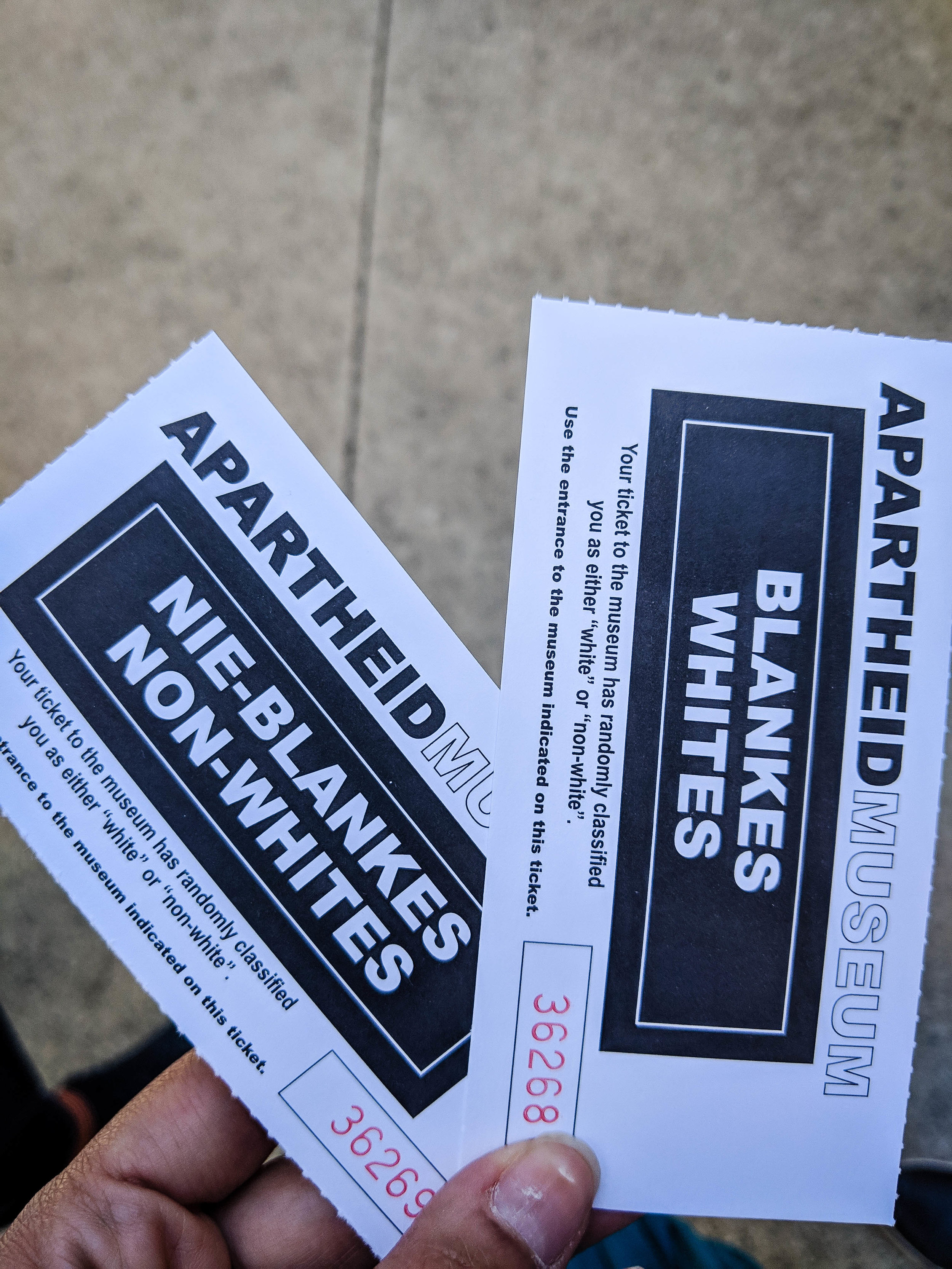
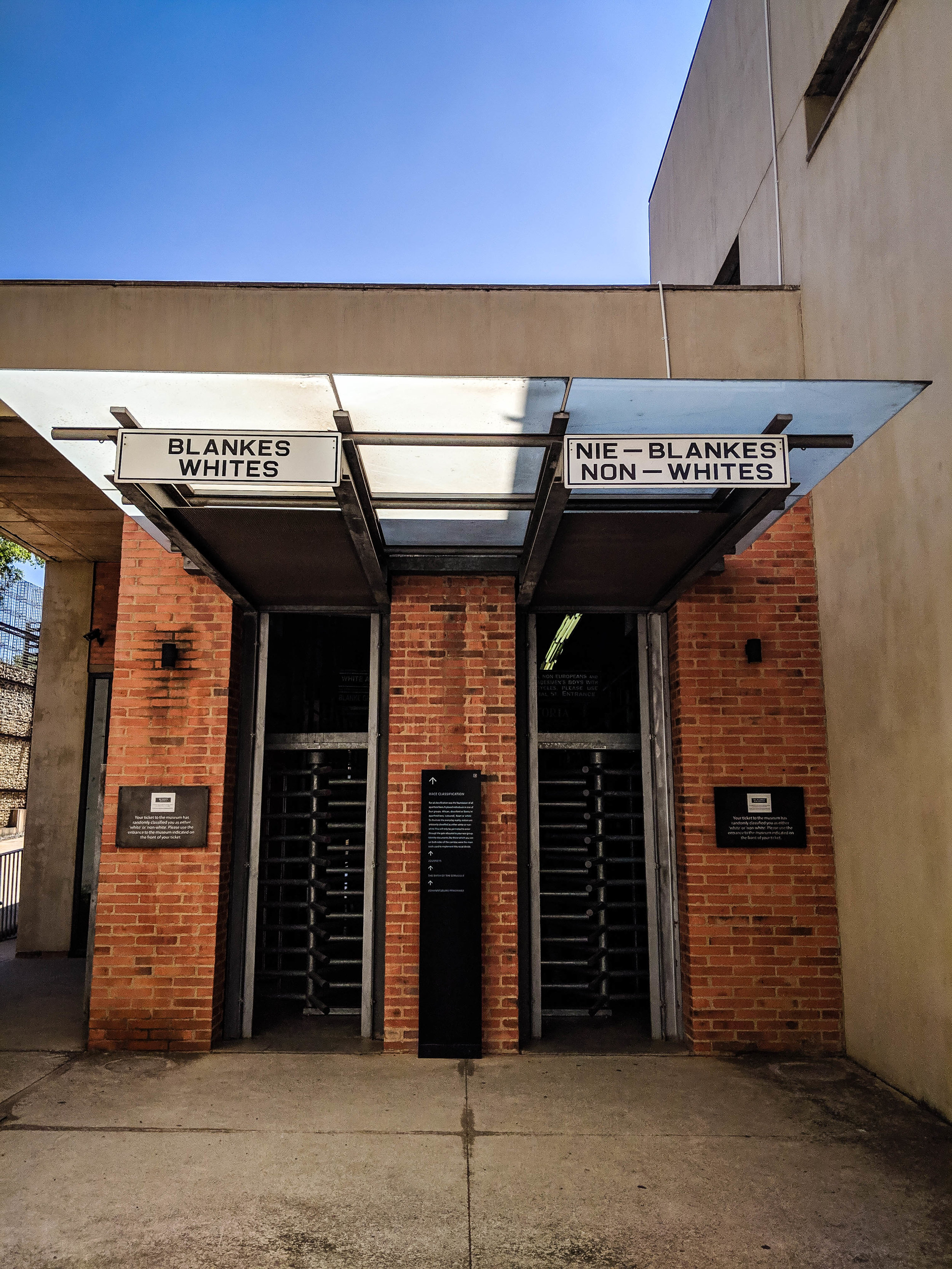

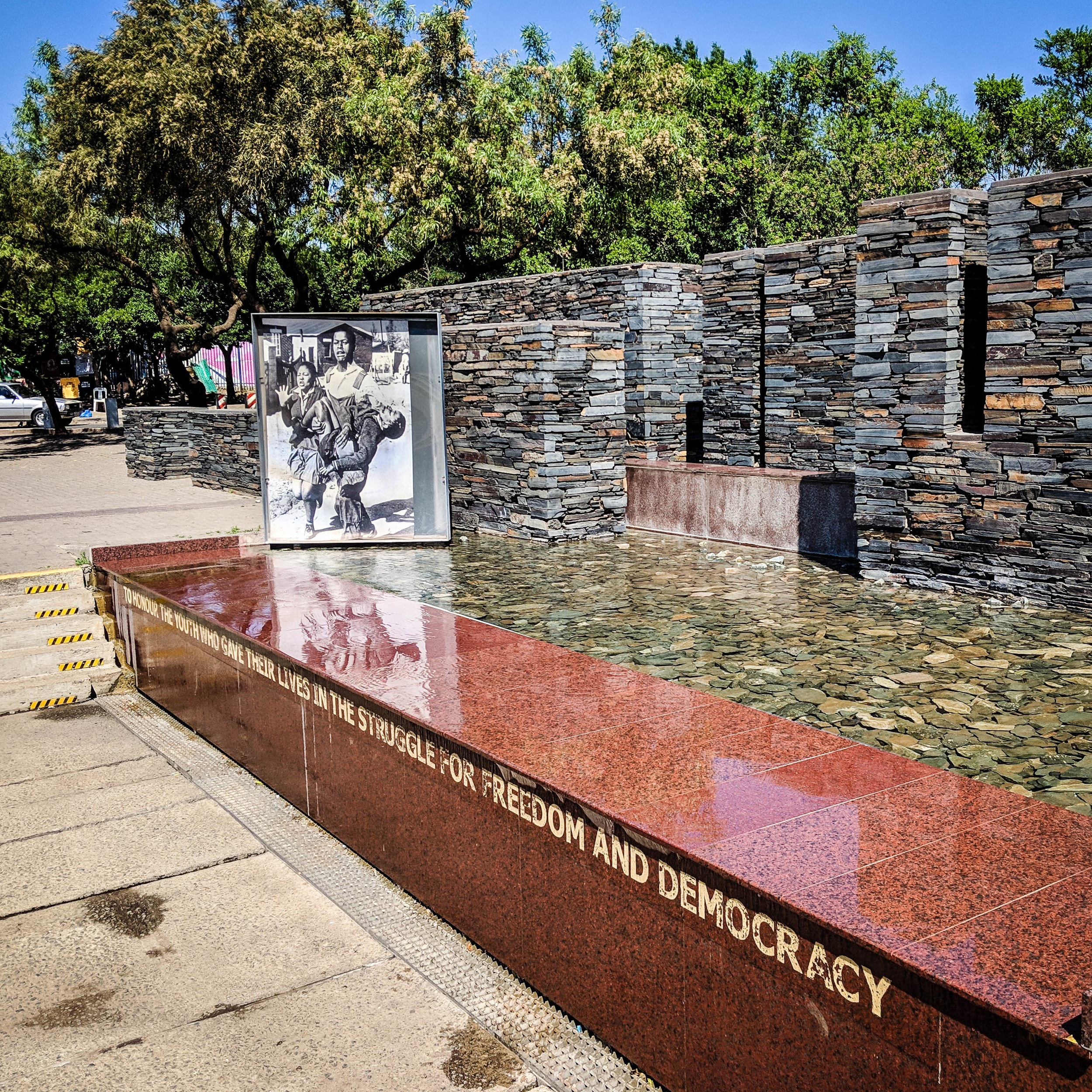


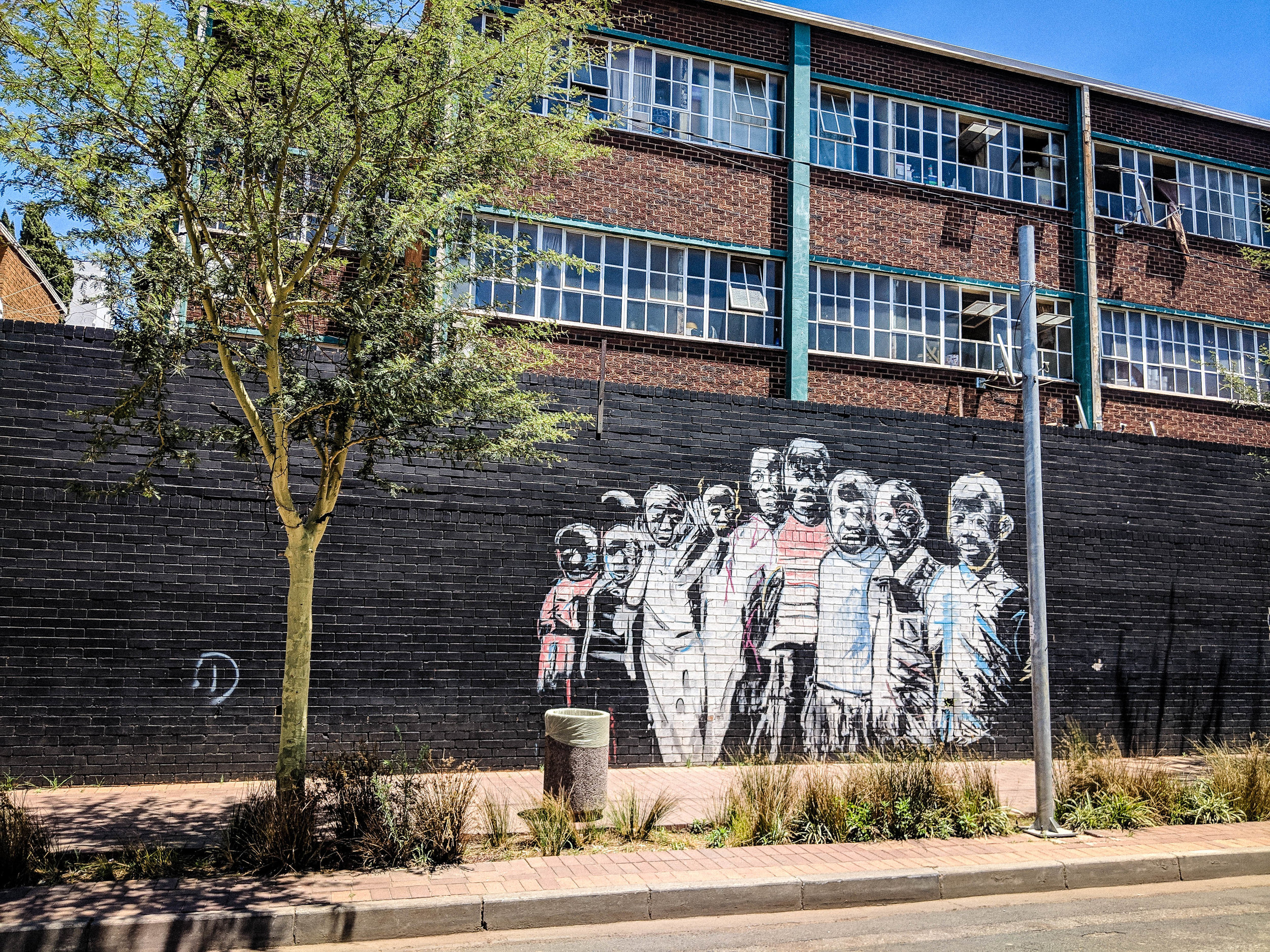
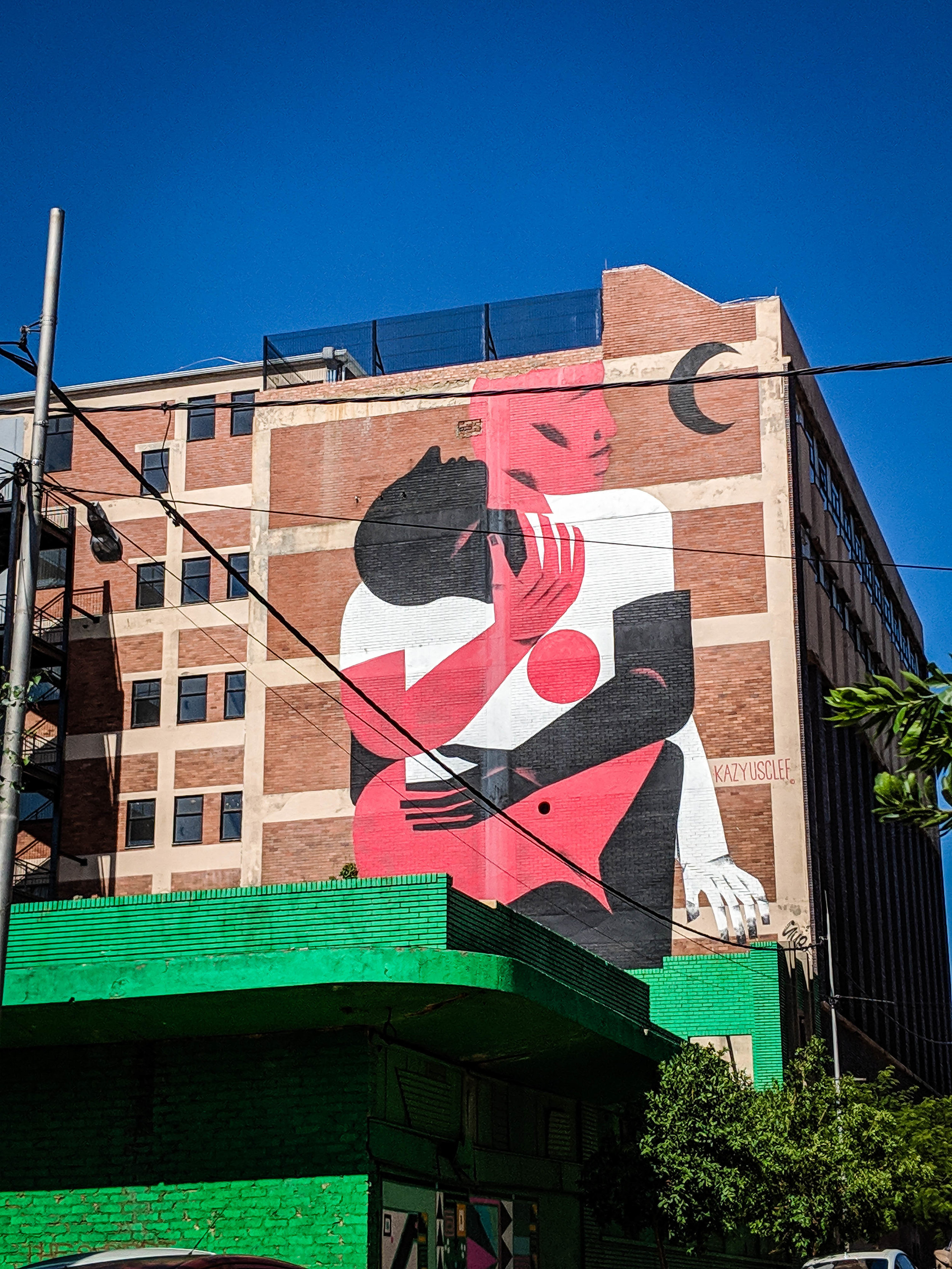
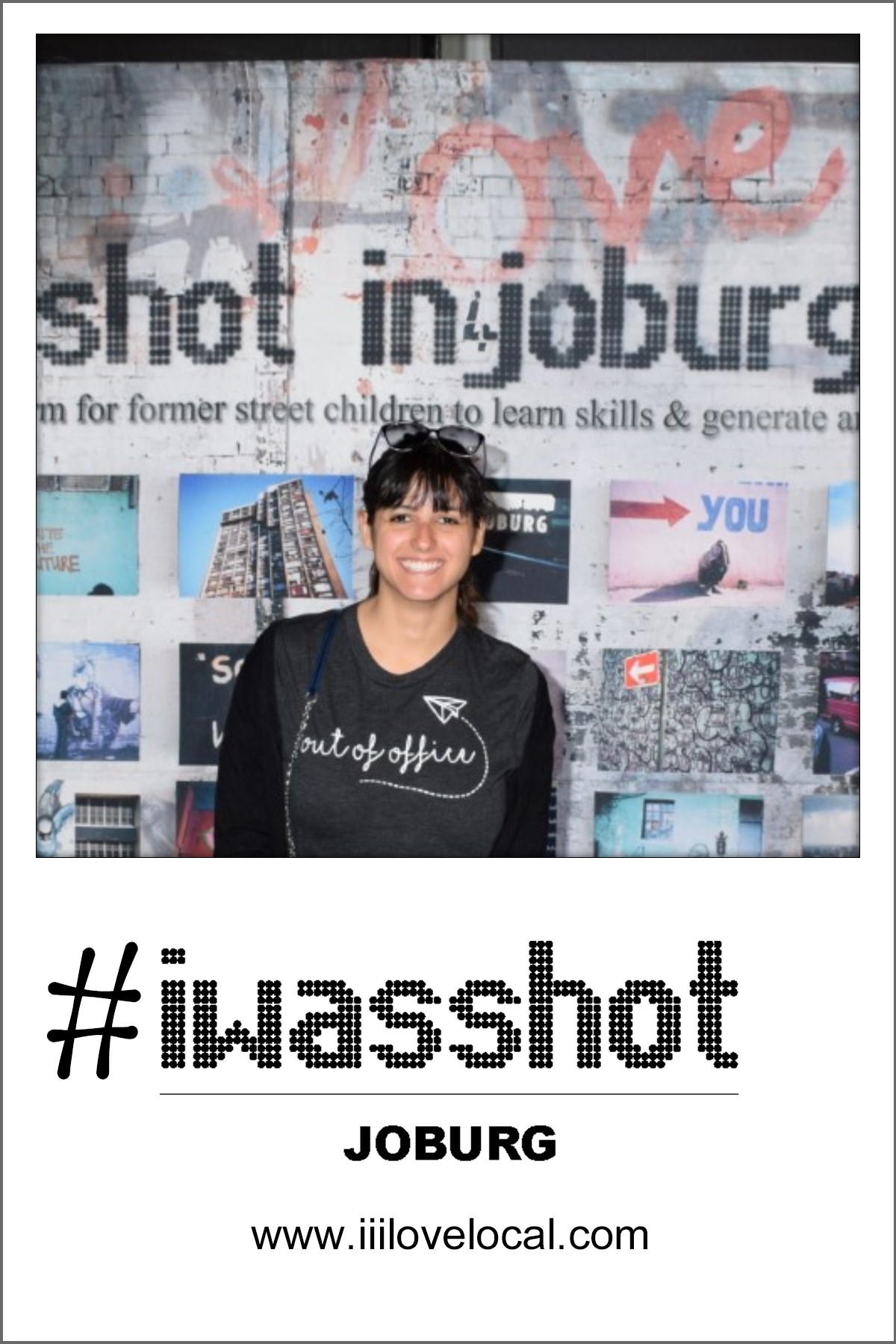
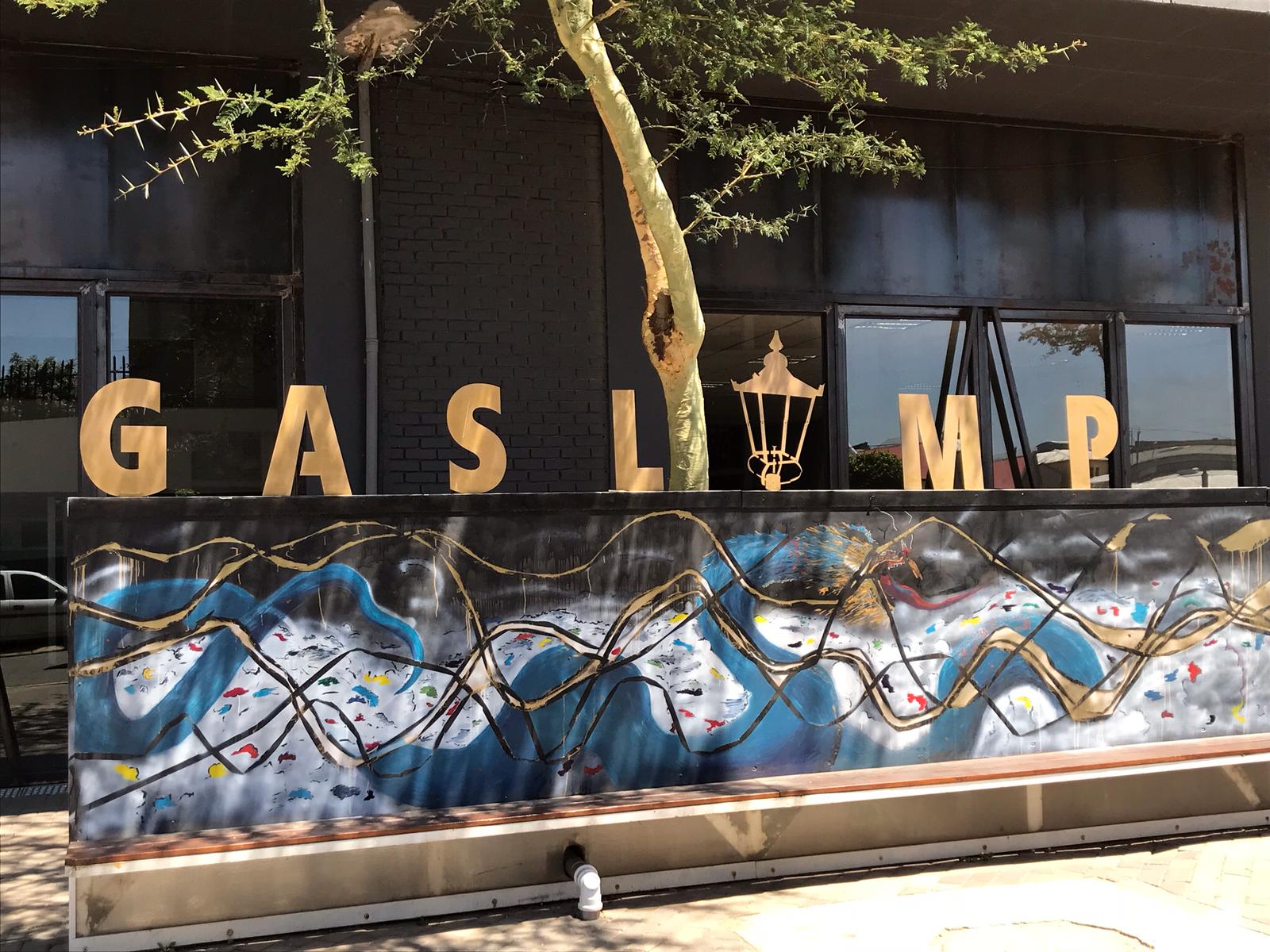
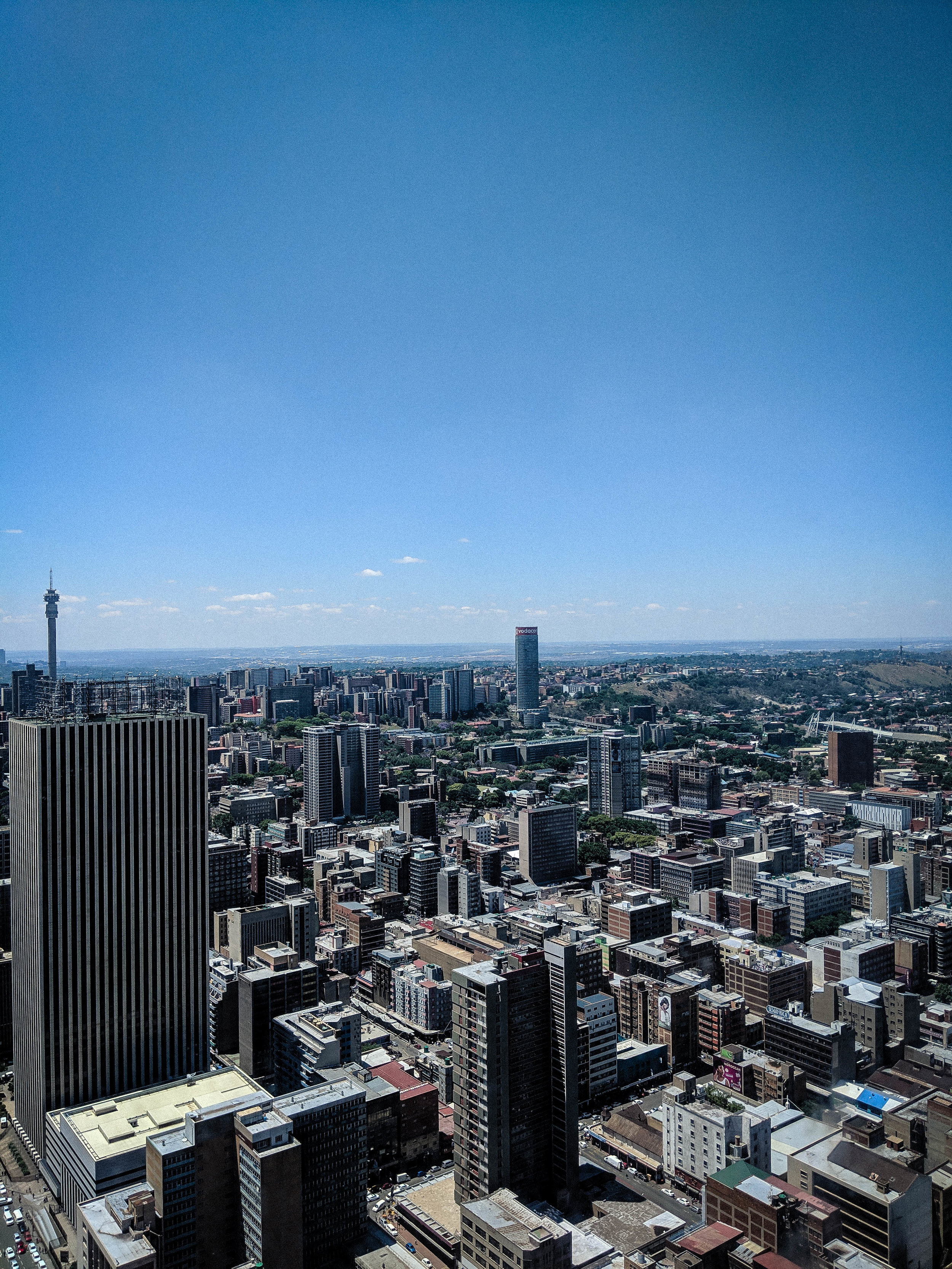
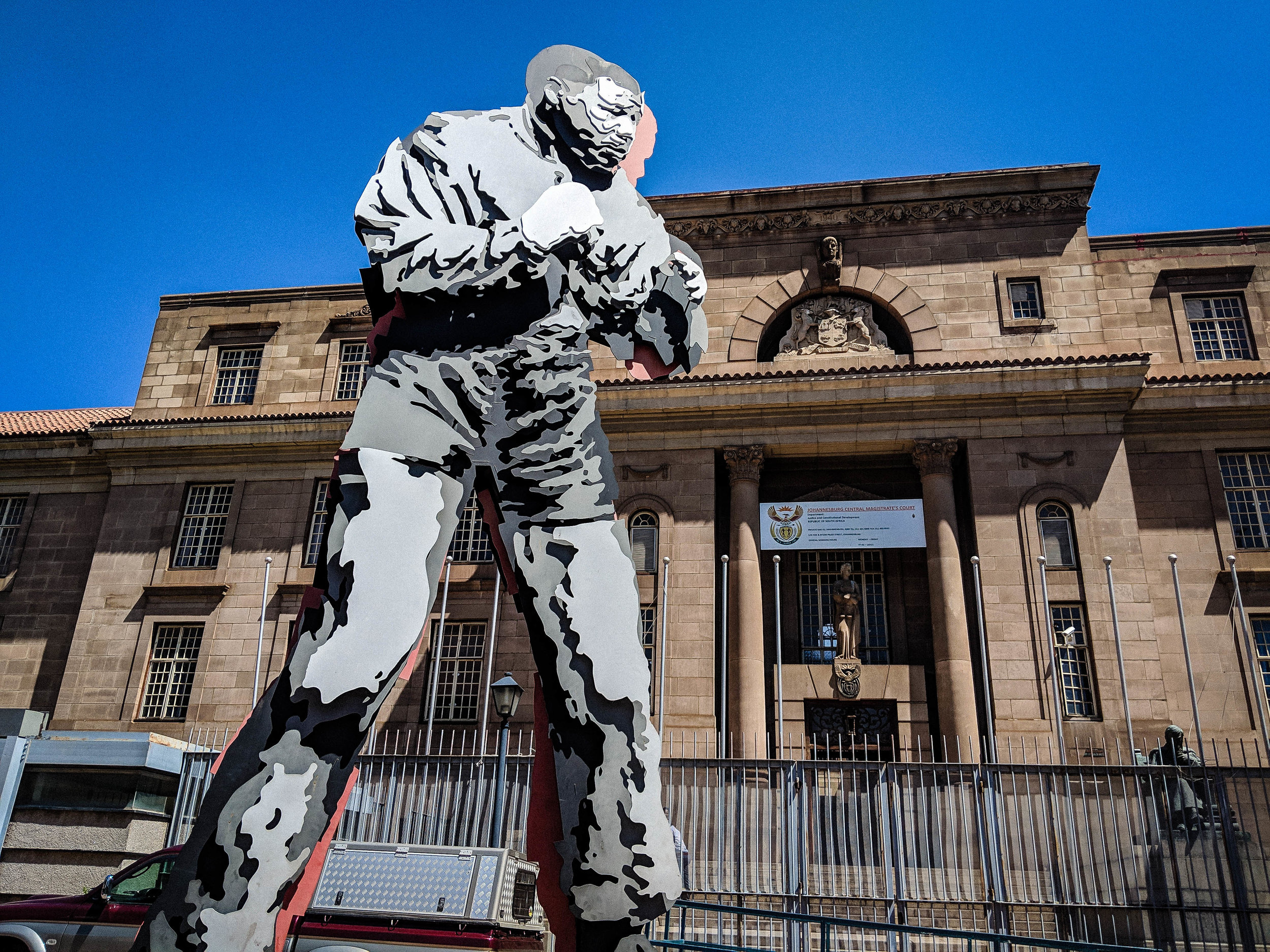
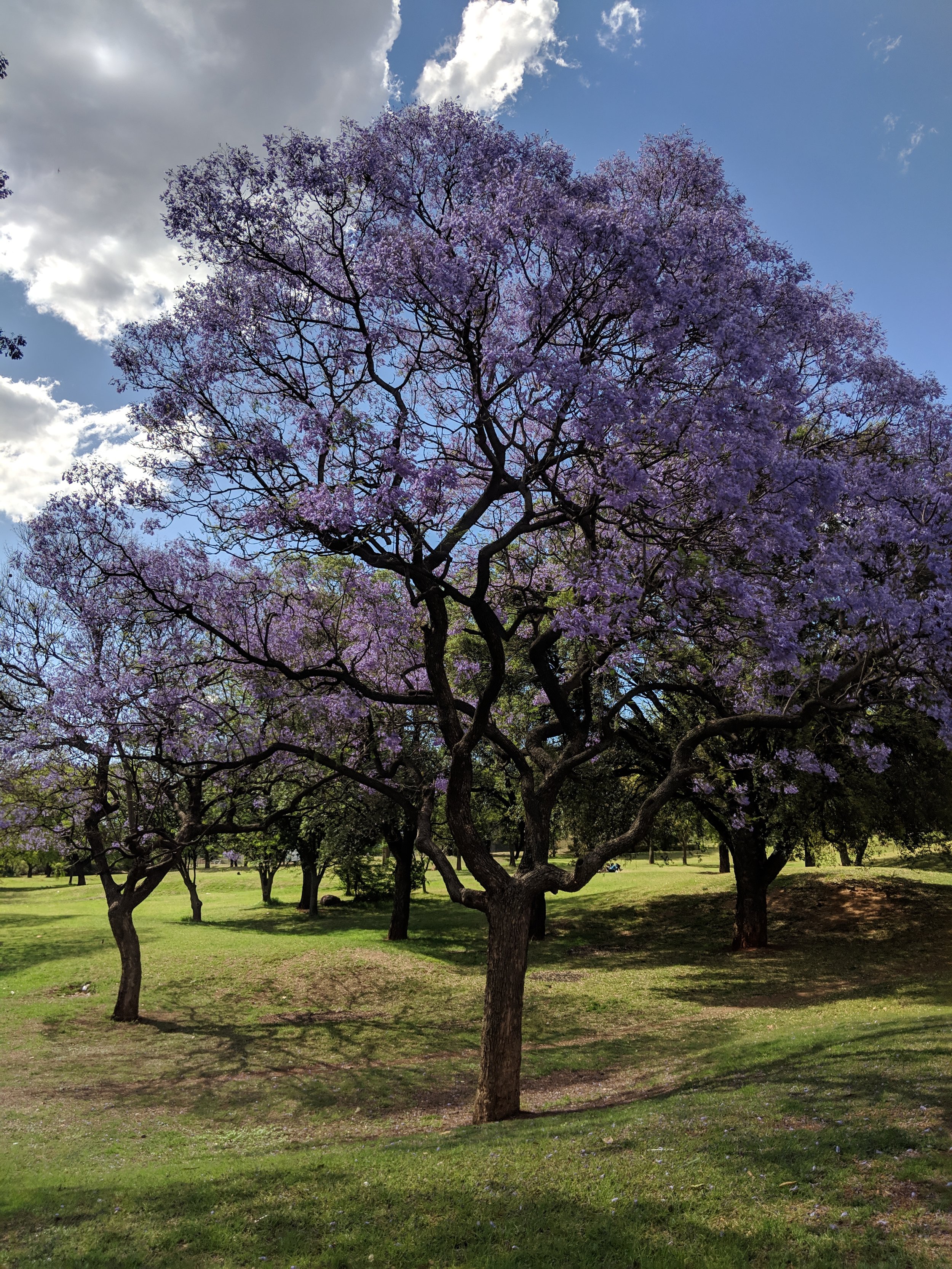
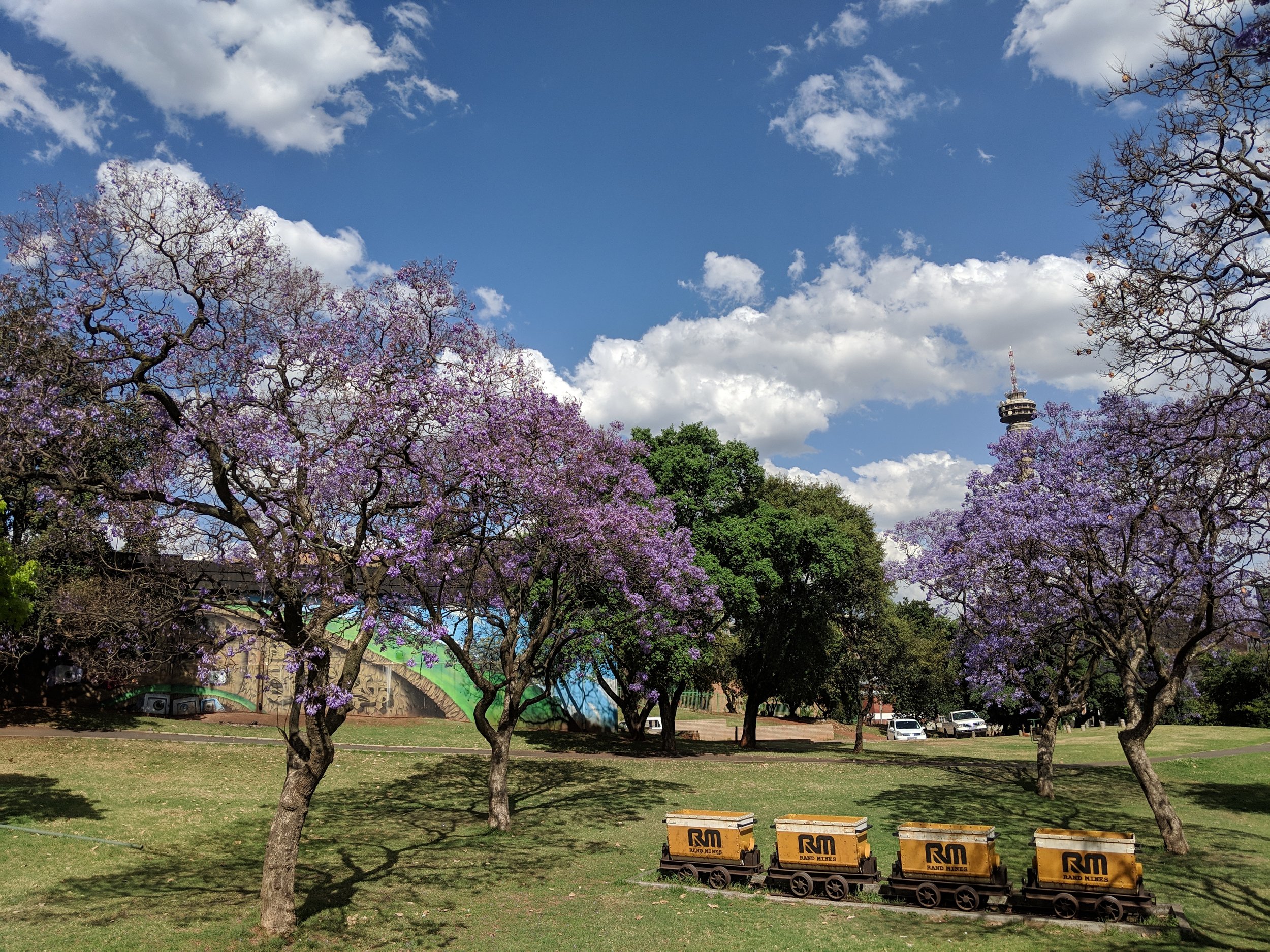

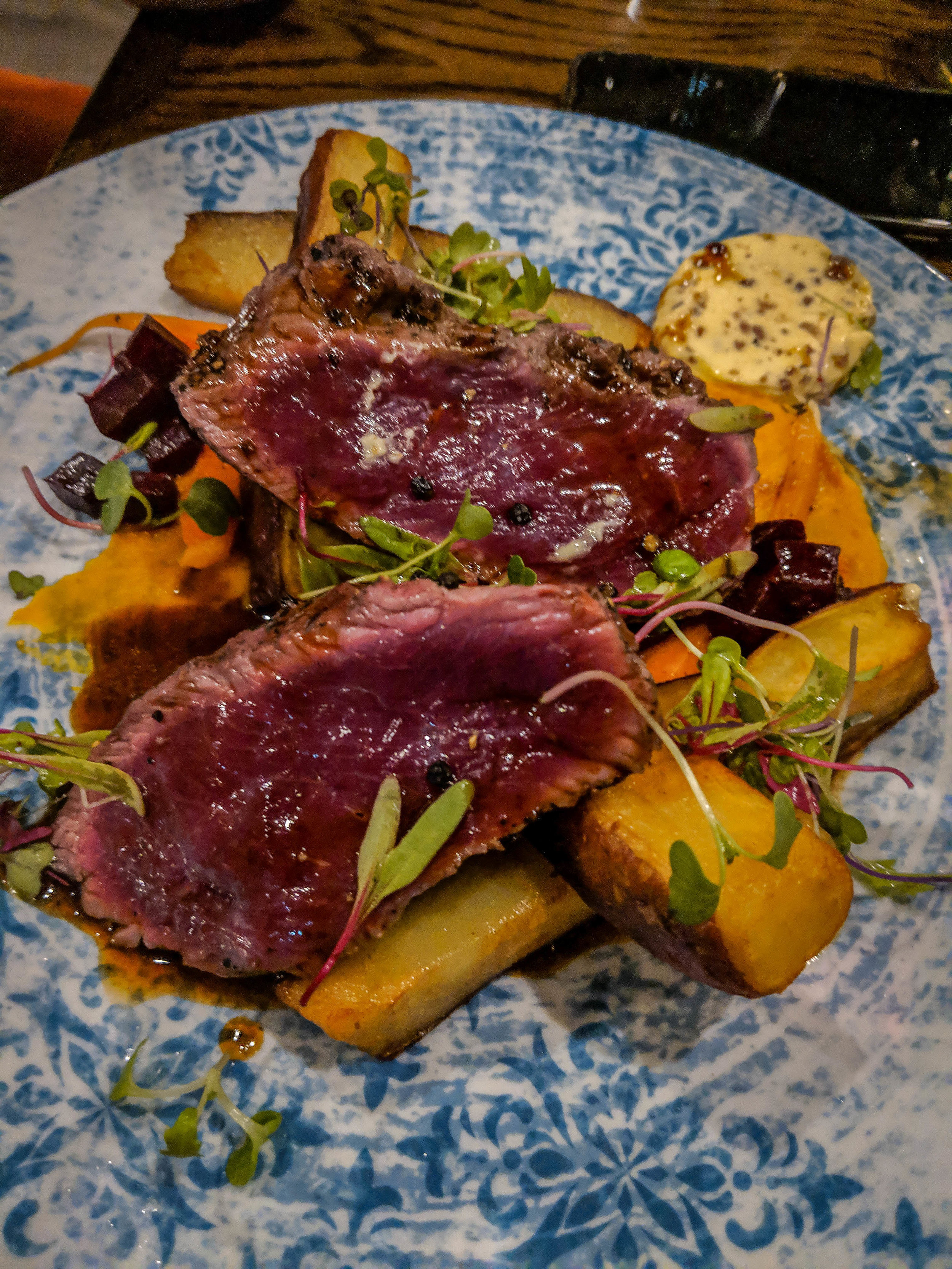
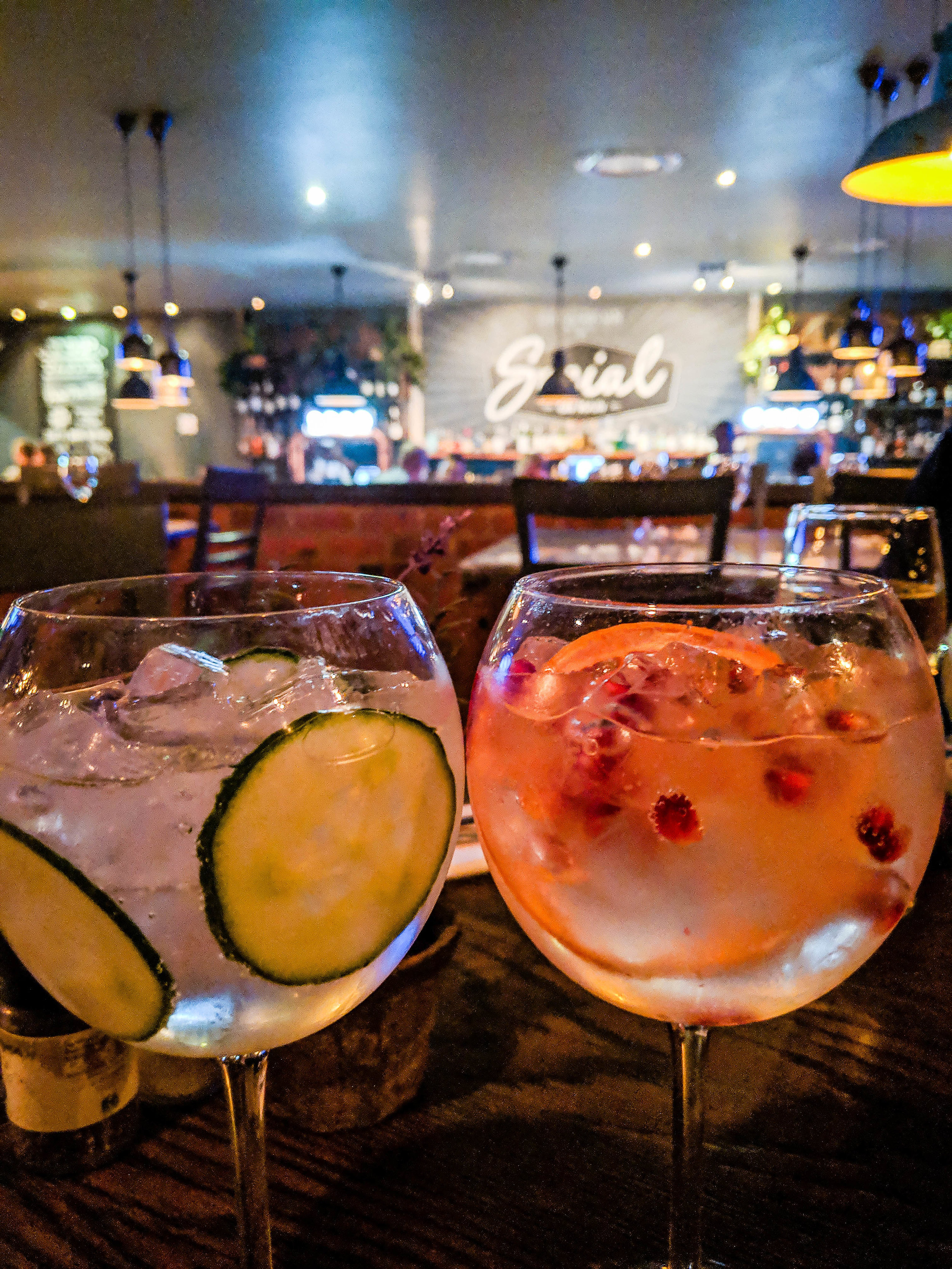
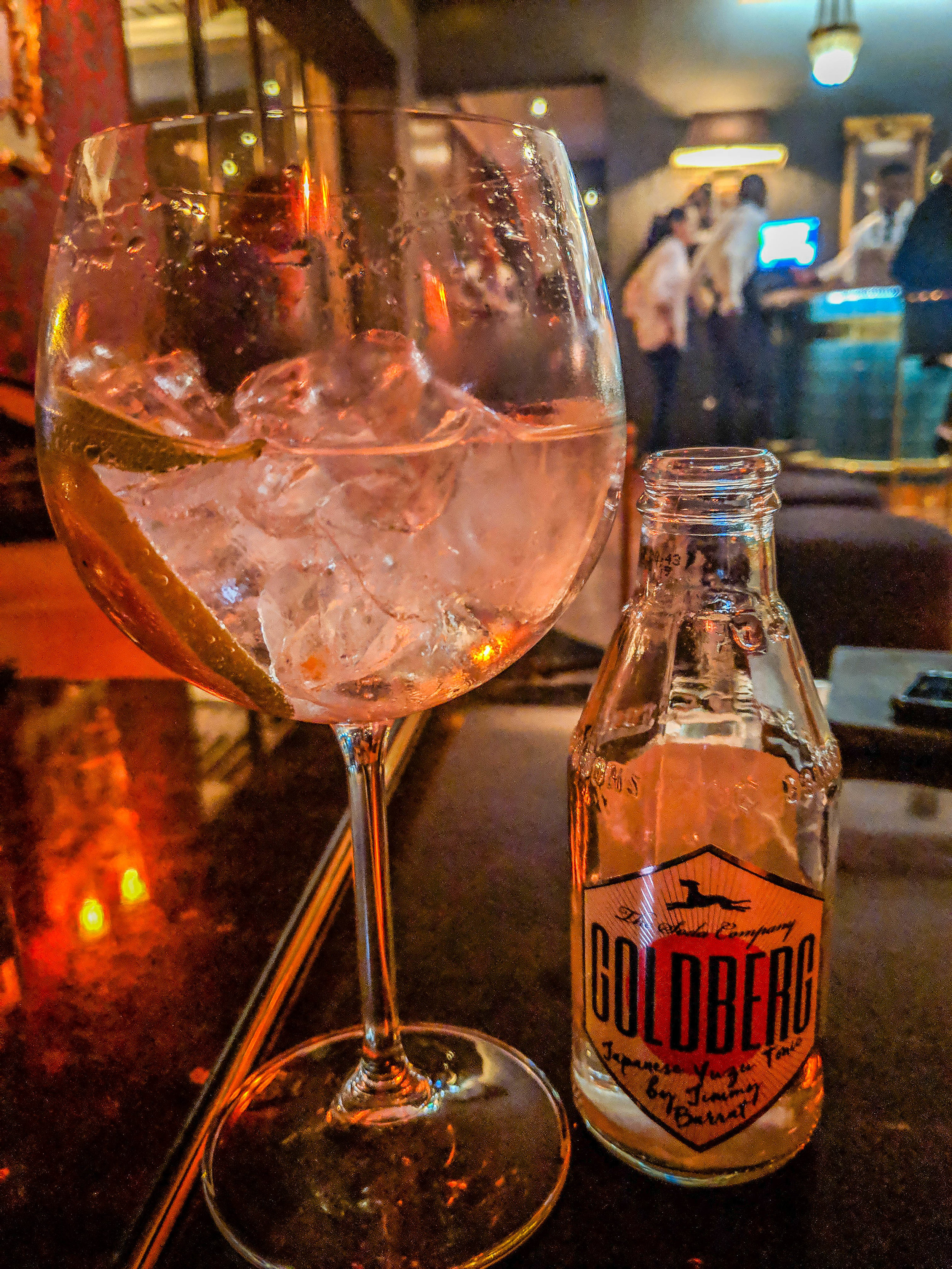



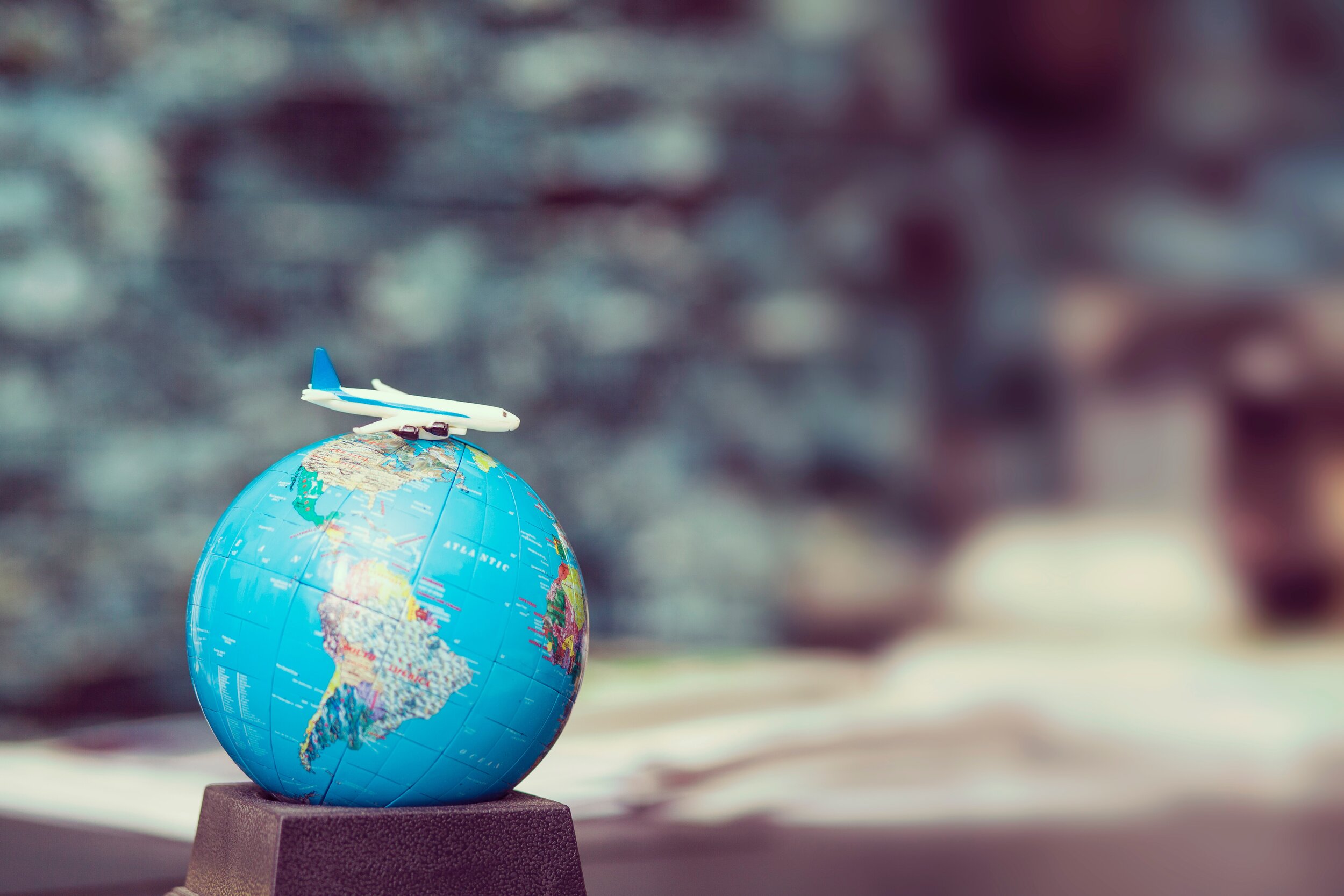
![Doing a Safari vacation in South Africa? Here is what you need to know [+ free safari planner]](https://images.squarespace-cdn.com/content/v1/58ae4fa346c3c4b688b9ac9f/1558660680235-TK23Z60SL7Z37M2RKD3R/DSC_0770.jpg)

If you are looking at how to plan your 10-day Kenya itinerary, you have come to the right place. If you are feeling overwhelmed about how to choose your safari operator, you have also come to the right place. If you are debating on which park to choose over another or looking for practical tips, I also have your back! Along the article, I will share things that I would have changed in my trip.